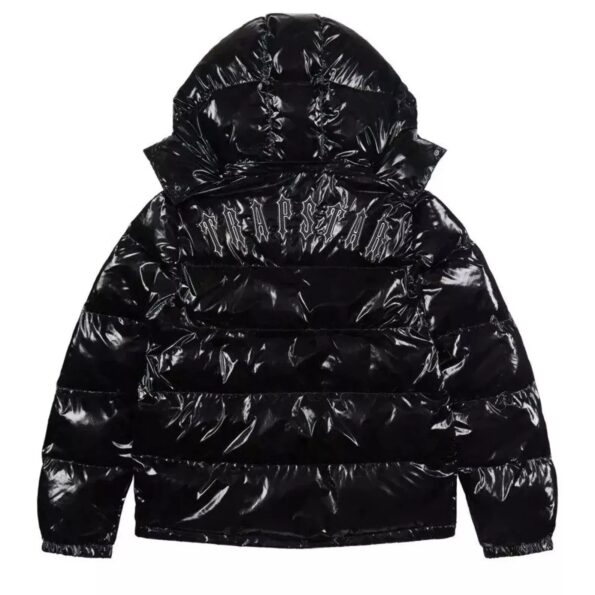Selecting appropriate fabric weights for layering is key to maintaining comfort, style, and performance across all seasons
Fabric weight refers to how thick or thin a material is, and it directly affects how well it traps heat, allows airflow, and drapes against your body
The key is to build layers that work together based on the season and your activity level
For cold weather, opt for ensemble trapstar a snug yet breathable first layer in merino, capilene, or high-performance synthetics
These are designed to wick moisture away from your skin while keeping you warm without adding bulk
Cotton is a poor choice for base layers since it traps moisture against your skin, increasing the risk of chill
Layer a mid-weight insulator like a brushed fleece, quilted wool, or thermal knit on top of your base
They trap body heat while still permitting enough air exchange to avoid clamminess during mild exertion
Your shell should be a durable, wind-blocking outer layer—think waxed cotton, ripstop nylon, or a heavy tweed coat
It must shield you from breezes and drizzle without trapping sweat inside
In shoulder seasons, the ability to add or remove layers quickly is non-negotiable
Opt for medium weight fabrics that can be easily added or removed
For mild weather, a structured yet breathable jacket in cotton-wool blend or flannel works both as outerwear and mid-layer
Layering with a cardigan or a light vest gives you options as temperatures shift throughout the day
Fabrics like linen or light cotton are good for warmer days but still provide enough structure to look polished
In summer, focus on breathability and lightness
Opt for natural, porous textiles such as organic cotton, open-weave linen, or bamboo rayon for optimal ventilation
Skip bulky sweaters, thick polyester blends, or tightly woven synthetics that retain body heat

If you need a layer for air conditioned spaces or cool evenings, a thin, open weave cardigan or a light chambray shirt is ideal
They provide just enough fabric to shield skin without overheating
Your ideal fabric weight depends on your metabolism, perspiration rate, and how active you are daily
Someone who runs hot might need lighter fabrics even in cooler months, while others may need extra insulation
Try on full combinations before purchasing—each layer must move with you without pinching or gappling
Proper maintenance is critical to sustaining the performance of your layered wardrobe
Neglecting care labels can warp layers, making them ill-fitting or non-functional
High-quality fabrics may cost more upfront but deliver lasting comfort and adaptability
Your best layers aren’t chosen for temperature alone—they’re engineered for total bodily harmony across seasons

